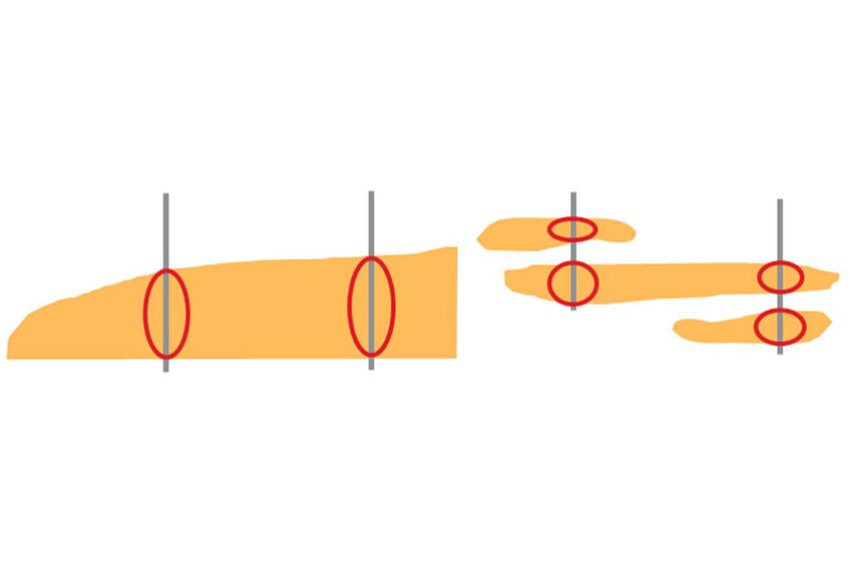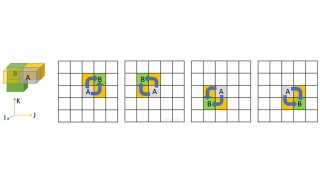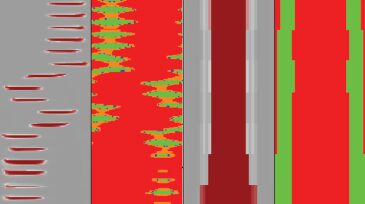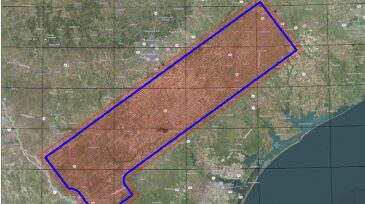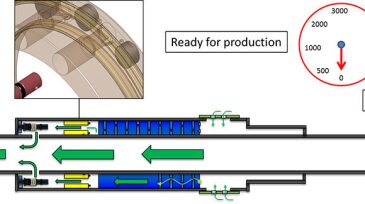Directional/complex wells
This paper describes an alternative lower-completion concept for developing Lower Wilcox reservoirs referred to as high-angle multifractured well design.
This paper discusses cases from the North Sea and offshore California in which high-fidelity pressure and dynamics measurements, combined with high-speed telemetry, helped overcome complex geotechnical challenges.
This paper presents an efficient mathematical optimization method for well placement that maximizes contact with the productive zones for the best locations in the reservoir.
-
new drilling method provides a solution for challenges encountered in drilling of long horizontal wells, incorporating a dual drillstring with a separate channel for the return fluid from the well.
-
The complete paper discusses the advancements in mud-displacement simulation that overcome the limitations of the previous-generation simulator and provide a more-realistic simulation in highly deviated and horizontal wells.
-
If it has been proved in the past that innovative technology is excellent for bringing more-efficient solutions to reduce costs, will digital technology be the panacea for the whole industry?
-
The purpose of this paper is to demonstrate how inaccuracy in standard directional-surveying methods affects wellbore position and to recommend practices to improve surveying accuracy for greater confidence in lateral spacing.
-
The boom in organic shale plays has revealed the critical need to size hydraulic-facture treatments correctly to achieve commercial success.
-
This paper discusses the first deployment of an ICD system combined with an OBC system for a workover operation in a mature producer well in the Kingdom of Saudi Arabia.
-
Software that offers turn-by-turn directions for drilling a horizontal well could drastically reduce the number of directional drillers.
-
Advanced horizontal drilling, multistage hydraulic fracturing, and other technologies have helped make the Vaca Muerta shale oil and gas resource economically viable.
-
Multilateral wells with smart completions controlled by different flow-control technologies offer great operational flexibility, with each lateral able to be operated and optimized independently.
-
This paper demonstrates how the latest generation of connections has been tested and validated to extreme loads before being installed in the wellbore.

